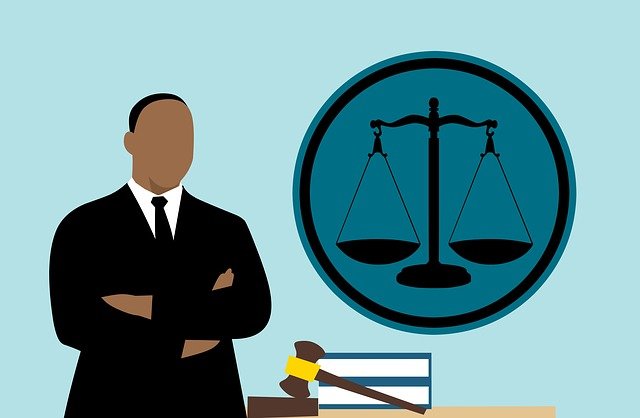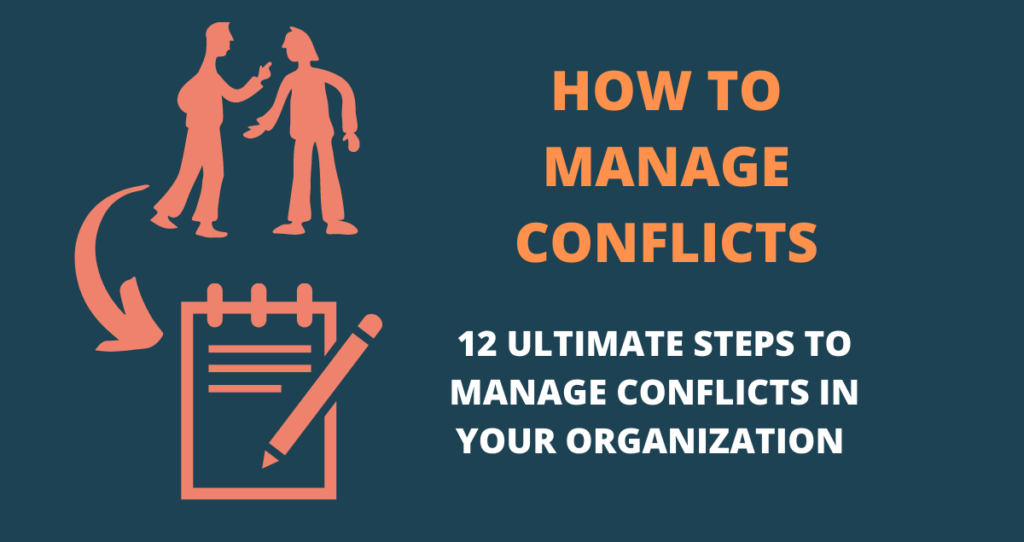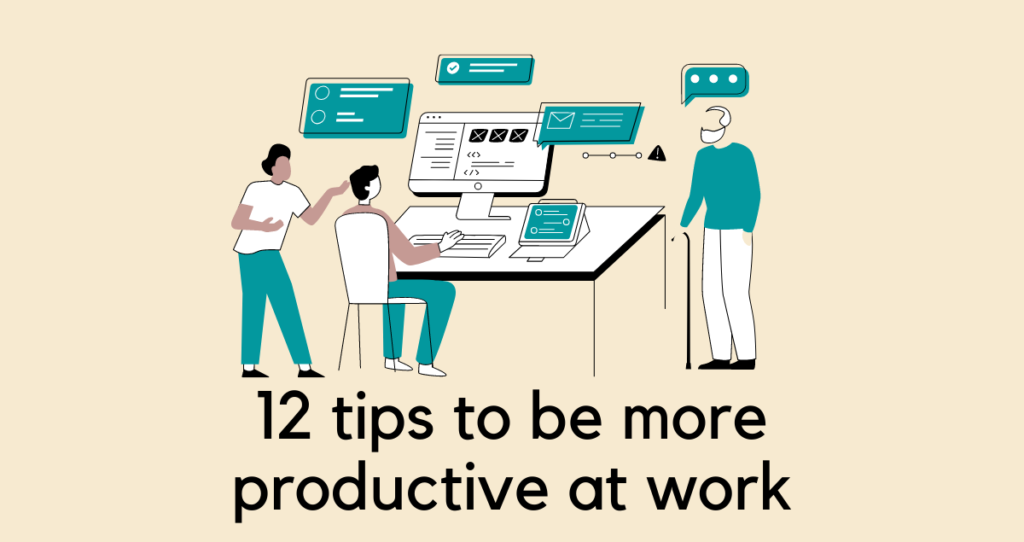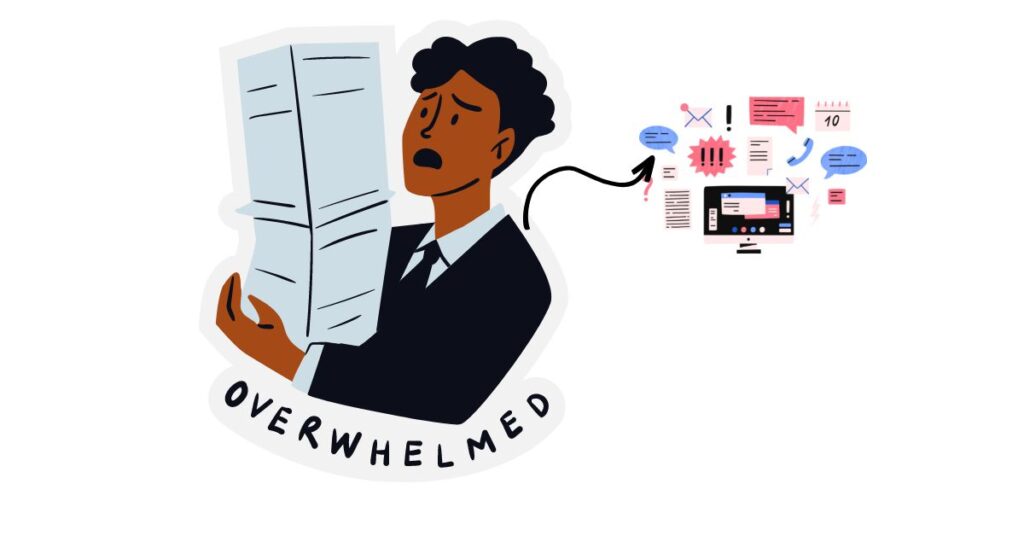How to manage conflicts? Conflict management is the key to business success and employee retention. They(conflicts) come in different varieties depending on the nature of the business and its dealings. Having a business means that conflicts will always be there. It is an inevitable fate. The only thing you can do is manage and resolve them whenever they occur.
The ways you manage conflicts will make all the difference. As a business owner or a person in charge of managing conflicts such as a supervisor, HR, etc. you should know that no conflict is small. In addition, you should never look away because your friends are involved. Furthermore, you must look beyond tears to figure out exactly what happened. This is the only way you can come to the right conclusion, and avoid punishing the wrong person, or escalating conflicts much further.
In this article, I put together proper steps you can take to make sure that your job is properly done.
Without further ado, let’s get started.
1. Recognize that conflicts happened
Some managers/supervisors and HR personnel try to look away when facing conflicts in their organizations. The hard truth is that conflicts do not just go away unless they are solved. As a person in a position of managing conflicts, you must recognize that they happened before you move on to resolving them.
If a co-worker or employee approaches you about conflicts they are facing, take action right away. Understand that they happen and if not solved, they can cause major problems in the organization. Conflicts are major reasons people quit their jobs or change departments. Without a healthy work environment, you could face employee retention issues.
2. How to manage conflicts: Gather evidence

Once you recognized that the conflicts have occurred, you will then move to the next step in managing them. Before you make any decision, you must know what happened. Just because a person came to you crying and pointing fingers, does not mean that they are right.
Keep in mind that people never want to take the blame. Some people intentionally cause conflicts in an effort to have people they don’t like fired from their positions. You must look beyond tears and find the hard truth. Your job is much harder than you think.
In this step, you will gather evidence. What evidence and information should you gather?
The following is some information you should gather. Depending on the nature of the conflicts, you might collect more or less.
- What happened?
- Where did it happen?
- When did it happen?
- Who was involved?
- Who was around when it happened?
- The nature of the incident
- Is it severe?
- How long did the incident last?
Most companies have forms that must be completed and reports to be submitted afterward. Make sure that you follow your company’s procedures in managing conflicts.
3. Have a complete understanding of people involved in a conflict
Before you walk into anyone in an effort to resolve conflicts, first understand the people who are involved. Know who they are and their level of emotional stability.
This will work better for direct supervisors who deal with employees on a daily basis. That is if you supervise people, you should know each and every person’s behavior. This helps you deal with each one of them in the best way possible, and assign them tasks that you know they will do better.
Understanding your employees also helps you know how to manage their conflicts when they occur. After knowing who is involved in conflicts, it will be easy to resolve the conflicts. The following are some of the questions you can ask yourself.
- Who is involved in the conflicts?
- What are their personalities?
- How do they behave when things are not going their way?
- Are they usually troublemakers?
- Are they sensitive to particular issues?
- Will they become more aggressive if you tell them that they are wrong?
- How was their relationship with other parties involved in the conflicts?
Once you know the answers to these questions, you will figure out the best way to approach the problem. If you are not familiar with the individuals, however, you must approach them carefully and try to be as professional as you can get. One simple mistake can escalate conflicts. You don’t want to be in that situation.
4. How to manage conflicts: Know exactly what happened and make a decision

After getting your evidence and knowing who is involved in the conflicts, you will then move to the next step. This step is where you will know exactly what happened. For example, Person A wanted to help Person B. However, person B refused and said that he/she does not want help from person A because he/she does not like Person A’s tribe. Then, Person A got upset and punched Person B, then hell broke loose.
How do you know exactly what happened?
- First, it is good to talk to individuals who got into this fight. Talking to them one by one will be a great idea. You don’t want them to attack each other when you are talking to them at once. Gather their inputs and document them.
- Then, talk to witnesses. Remember in step 2, I suggested that you gather evidence? Your evidence will include people who were around when the incident happened. Having multiple people will help you get the best outcome possible. I suggest that you talk to the witness individually. In your investigation, you will be looking for similarities that will help you make a final decision.
- Listen to recordings and watch videos that some bystanders could have made.
- Look at security cameras around and see who attacked who and what happened before the conflicts erupted
After knowing exactly what happened, you will then decide who is right or wrong. You must have real evidence that supports your decision. Otherwise, you could end up losing your job or license for punishing the wrong person.
5. How to manage conflicts: Stay neutral
The best way to resolve conflicts is to be neutral from the beginning of the conflicts until they are resolved. You should never favor one side just because they are your friends or you like them. Whatever happened should be addressed with respect and transparency.
Also, you should never dismiss conflicts just because your friends are involved. Everyone should be held accountable and rules should be followed no matter who is involved.
Many managers, supervisors, HRs, etc. from many companies miss this point. They try to bury the conflicts and look the other way. Later, they end up working on the issue when it is too late. Some lose their jobs or face much harsher punishments.
6. Know the company’s guidelines about the nature of the conflict

After you have gathered your evidence, you will then move on to knowing what you should do based on the company’s guidelines. Each company should have guidelines or punishments for each type of conflict. Make sure that the nature of the conflict matches the company’s guidelines.
If there are no guidelines you can follow, talk to your conflict management team and decide what to do as a team. Conflicts that never happened in the past require a lot of attention and are hard to resolve.
7. Communicate your conclusions

After coming to your conclusion, it will be time to communicate your decision to the parties involved in the conflicts. There are two ways you can do this.
- Bring in both individuals and talk to them as a team: NOT RECOMMENDED
- Talk to them individually: HIGHLY RECOMMENDED. You will talk to each person and help them understand what they have done wrong and what the company’s guidelines are. Make sure you communicate your finding effectively. If there is a punishment for the wrong party, tell them what it is and its requirements.
8. How to manage conflicts: Watch your language
Just because a person has done wrong, it does not give you the right to treat them like garbage. You can still get in trouble if you use the wrong language. Always watch your steps and be careful of what you say. Always be professional.
9. Give each person a chance to ask questions and speak out
Now that you have told everyone your conclusions and punished those who made mistakes, the battle is not over yet. You should let everyone ask questions, express their concerns, etc. This is the proper time you must clarify something, should confusion occur. If no one has questions, concerns, or disagrees with your decision; you would have done your job.
10. How to manage conflicts: If possible have participants apologize to each other
The purpose of your being involved is not to show them that there is a punishment waiting for those who mess up. Instead, your main goal is to create a better, safer, and more peaceful work environment.
If you can have both parties get back together and like each other again, it would be a great achievement. One way to help them get started is to have them apologize. Now they fully understand what happened and why it is wrong, an apology could help them rebuild their relationships.
If they don’t want to apologize, do not force them. As long as they are respecting each other, they should be fine. Sometimes relationships take time and some must prove themselves worthy.
11. Provide solutions rather than making the problem worse
Dealing with conflicts is not an easy task. People will mess up every day and you must be creative. Conflicts are never the same and so should solutions. Work hard every day and treat each conflict like the biggest one you ever dealt with.
Find a long-lasting solution that satisfies both parties. Sometimes it is hard to satisfy everyone. But try to do the right thing.
12. Communicate the issues with other employees and provide more training if necessary

Where there are people, there will always be conflict. A work environment is a perfect place to have people who crush. with each other. Sometimes conflicts occur due to different personalities. Or maybe people do not know if what they are doing is wrong or violates the company’s policy.
After resolving conflicts, have a meeting with your team and remind each one that behaving and respecting each other is not optional. Make sure that everyone understands this point.
You should also provide more training to the team and have them sign consent papers. Each and every employee should know the rules and agree to respect them.
What do you think of this strategy? Please, share your thoughts in the comment section below.
More learning resources
- 18 habits of frugal people: How do frugal people live?
- 7 habits of happy people: How to be happy?
- 5 habits that are preventing you from achieving your dreams
- 10 Evening habits to achieve success: Evening tips to reach success
- 22-morning habits for a successful day
- 35 habits that will make you smarter: How to become smarter










I’m not sure where you are getting your info, but good topic.
I needs to spend some time learning more or understanding more.
Thanks for great information I was looking for this information for my mission.
Thank you for your feedback. The information in this post is not based on scientific research, although some of the points could align with research. Everything in the article is based on my own experience. Over the last 10 years, I held multiple supervisory roles and managed conflicts of all kinds. The article summarizes the techniques and steps that worked best for me and I believe they could be applied in other industries as well. Thanks for pointing that out. I should have clarified this point in the article.
It’s going to be end of mine day, however before end I
am reading this fantastic piece of writing to increase my knowledge.
Thank you for stopping by, Bertha. I am very happy that you enjoyed the content of this article. I appreciate your feedback.